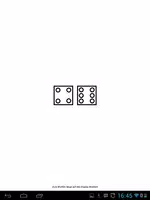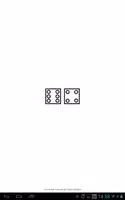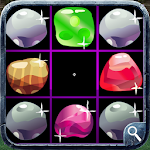Dice, fundamental tools for games and random number generation, exist in diverse forms. This brief overview introduces two common types: the standard six-sided cube, numbered 1-6, ubiquitous in board and casino games; and the less frequent four-sided tetrahedron, displaying numbers 1-4. Both ensure fair and unpredictable results, crucial for gameplay.
Objective
The aim is to achieve predetermined combinations or sums using dice rolls, as defined by the game's rules.
Gameplay
- Preparation: Two six-sided dice and a scoring sheet (optional) are needed.
- Rolling: Players alternate turns, rolling both dice simultaneously.
- Scoring: Points are awarded based on the dice roll outcome.
Basic Rules
- Sum: Points equal the sum of the two dice.
Specific Combinations:
- Doubles: (e.g., two 3s) yield bonus points.
- Seven: Rolling a total of seven often carries extra point value.
Scoring Example
Total: Players accumulate points from each roll.
Special Rolls:
- Doubles: +10 points
- Total of 7: +5 points
Variations
- Target Score: A target score (e.g., 50) is set; the first player to reach it wins.
- Rounds: A fixed number of rounds are played, with the highest total score determining the victor.
Tips
- Enjoyment: Prioritize fun while playing with friends or family.
- Score Tracking: Tracking scores enhances the competitive aspect.




















